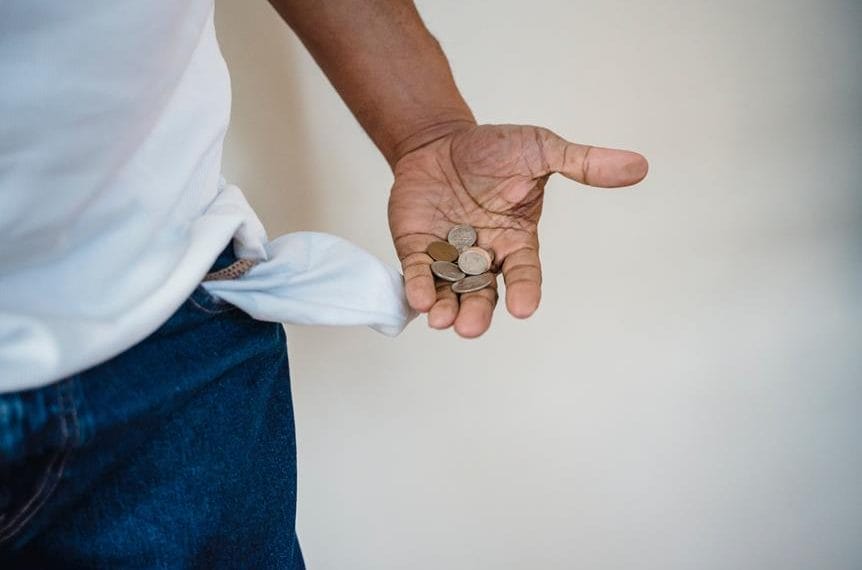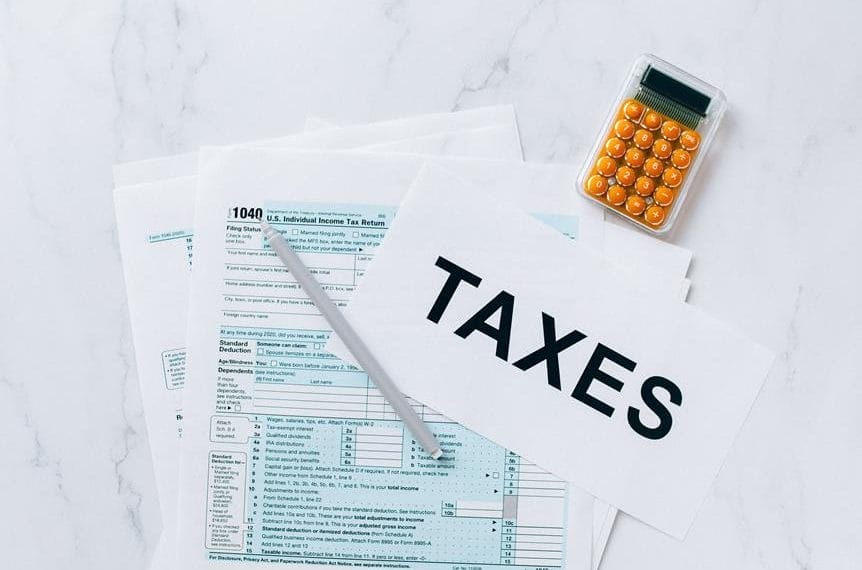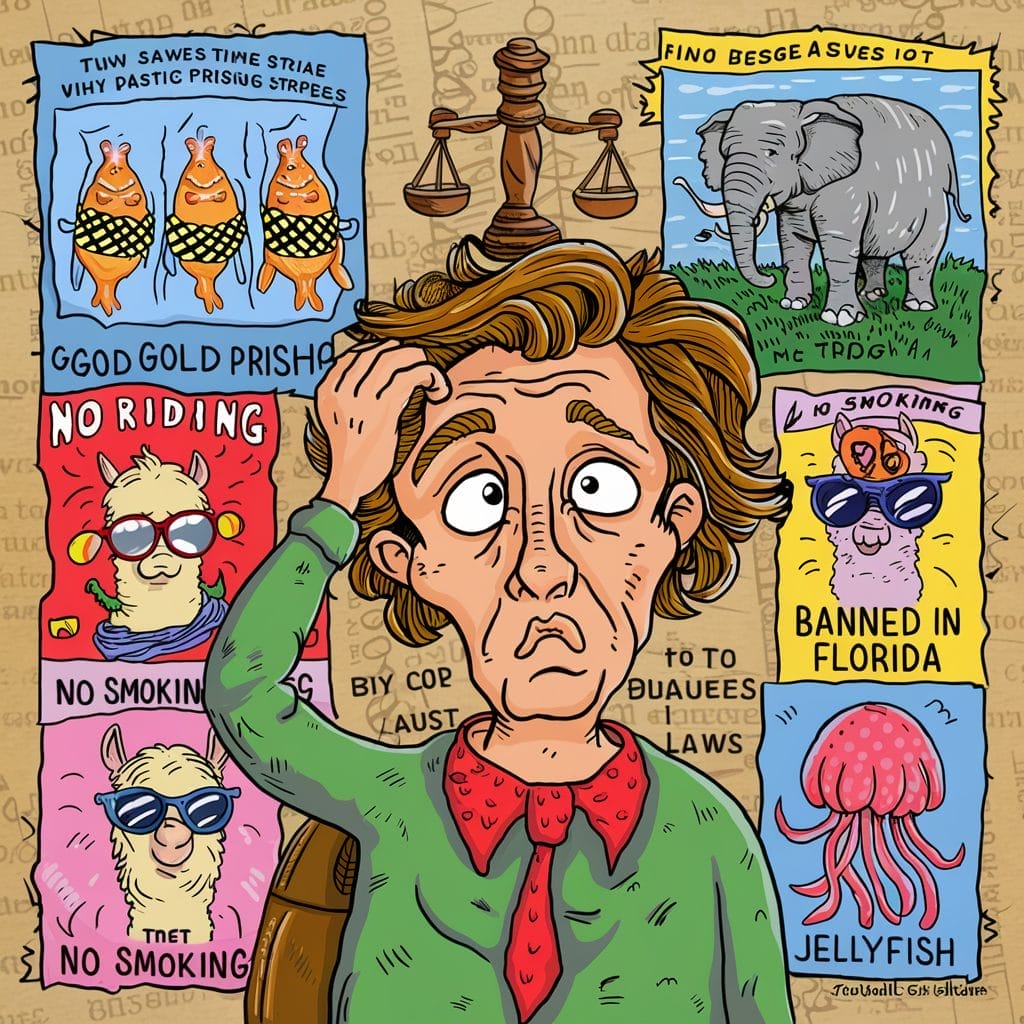Welcome to our guide on Chapter 13 bankruptcy! If you’re considering this legal process, it’s important to understand the timeline and what to expect. In this article, we’ll break down the chapter 13 bankruptcy process, the duration of the repayment plan, and how long a chapter 13 case typically lasts. Let’s dive in and explore the details of this debt relief option.
Chapter 13 bankruptcy is a financial solution for individuals with regular income who want to develop a plan to repay their debts. The repayment plan typically lasts for three to five years, depending on your current monthly income. This flexible duration allows you to work towards becoming debt-free at a pace that suits your financial situation.
One of the advantages of choosing Chapter 13 bankruptcy is that it provides an opportunity to save your home from foreclosure. Additionally, you can reschedule secured debts, protect co-signers, and consolidate your debts into manageable payments. To be eligible for Chapter 13 relief, you must have less than $2,750,000 in combined total secured and unsecured debts.
So, what does the chapter 13 bankruptcy process entail? The first step is filing a Chapter 13 petition and various schedules and statements with the bankruptcy court. This involves paying filing fees and providing required documents to the Chapter 13 trustee. Once you’ve filed, an automatic stay goes into effect, halting most collection actions by creditors.
The Chapter 13 timeline begins with receiving a case number and paying the filing fee. Subsequently, you’ll need to prepare and file the necessary documents, sign them, and file the case with the court. Within 30 days of filing, you must start making plan payments and provide the required documents to the trustee.
That’s a brief overview of the timeline for Chapter 13 bankruptcy. In the next sections, we’ll explore the detailed process, plan duration, modifications, and the conclusion of a Chapter 13 case. Stay tuned!
Chapter 13 Bankruptcy Process
When filing for Chapter 13 bankruptcy, there are several crucial steps to follow. Understanding the process is essential to navigate through the proceedings smoothly. Let’s take a closer look at the key elements involved in the Chapter 13 bankruptcy process:
Filing the Petition and Submitting Schedules
It all starts with filing a petition with the bankruptcy court. As part of this step, the debtor must submit schedules of assets and liabilities, a schedule of current income and expenditures, a schedule of executory contracts and unexpired leases, and a statement of financial affairs. In addition to the necessary documents, there is a case filing fee and a miscellaneous administrative fee that must be paid.
The 341 Meeting of Creditors
Between 21 to 50 days after filing, the 341 meeting of creditors takes place. During this meeting, the chapter 13 trustee places the debtor under oath, and both the trustee and creditors have the opportunity to ask questions related to the bankruptcy case. It’s important for the debtor to provide all required documents to the trustee within the specified timeframe to ensure a smooth process.
Objections to Confirmation of the Plan
After the first 341 meeting, objections to the confirmation of the plan can be filed within 7 days. During this phase, parties involved in the bankruptcy case can raise objections if they believe certain aspects of the proposed plan should be modified or reconsidered.
Plan Confirmation and Making Payments
Once the plan is confirmed, the debtor is required to make regular plan payments to the chapter 13 trustee for the specified duration of the plan. The plan duration typically ranges from 36 to 60 months based on the debtor’s circumstances. These payments are crucial to ensuring the successful completion of the bankruptcy process.
Completion of Plan Payments
Upon completing all plan payments, the debtor receives a Notice of Completed Plan Payments from the chapter 13 trustee. This signifies the fulfillment of their financial obligations under the bankruptcy plan.
Chapter 13 Bankruptcy Process
| Key Steps in the Chapter 13 Bankruptcy Process |
|---|
| Filing the petition and submitting required schedules |
| Case filing fee and miscellaneous administrative fee payment |
| The 341 meeting of creditors |
| Filing objections to confirmation of the plan |
| Plan confirmation and making regular payments |
| Completion of plan payments and issuance of Notice of Completed Plan Payments |
Chapter 13 Plan Duration and Modifications
In a Chapter 13 bankruptcy, the duration of the repayment plan typically spans from 36 to 60 months, depending on factors such as the debtor’s income and whether they fall below or above the median range. Throughout this period, debtors are responsible for making plan payments to the trustee.
However, it’s important for debtors to stay in close communication with the trustee and promptly report any significant changes that may affect the plan. These changes can include losing a job, experiencing a car accident, or facing an illness.
If necessary, the plan can be modified to accommodate these unexpected life events, but any modifications must be proposed to the court and gain approval before they can take effect. The court will carefully review and consider the reasons behind the proposed modification and ensure that it aligns with the debtor’s changed circumstances.
Once all plan payments have been successfully completed, the repayment plan is considered fulfilled. At this stage, the trustee will submit a final report detailing how the funds were disbursed throughout the case. This report ensures transparency and accountability in the process.
Upon completion of all plan payments, debtors will receive a Notice of Completed Plan Payments, marking an important milestone in their bankruptcy journey. However, it’s essential to note that the debtor may still have some necessary tasks to complete as part of the plan treatment. These tasks may include reconveying a deed of trust or obtaining acknowledgment from a creditor.
After successfully fulfilling all aspects of the plan and meeting all requirements, the court will enter a discharge order. This discharge order is a significant legal step as it prevents creditors from attempting to collect on the debts that were discharged during the bankruptcy process. With the discharge order, debtors can move forward with a fresh start, free from the burden of the discharged debts.
To further illustrate the Chapter 13 plan duration and modifications, refer to the table below:
| Chapter 13 Plan Duration | Plan Modifications | Completion of Plan Payments | Trustee’s Final Report |
|---|---|---|---|
| Range from 36 to 60 months | Possible with court approval | Notice of Completed Plan Payments | Details how funds were disbursed |
Through diligent adherence to the plan duration, proactive communication with the trustee, and prompt reporting of significant changes, individuals can successfully navigate their Chapter 13 bankruptcy journey. Remember, seeking guidance from an experienced bankruptcy attorney can provide invaluable support and expertise throughout the process.
Conclusion
The Chapter 13 bankruptcy process can be a lengthy one, typically lasting between 3 to 5 years. Throughout this period, debtors are required to comply with the terms of their repayment plan and communicate any changes to the trustee overseeing their case. Seeking guidance from an experienced bankruptcy attorney is crucial to successfully navigate the complexities of Chapter 13 bankruptcy.
Once all plan payments have been made and all obligations fulfilled, the court enters a discharge order, marking the official conclusion of the Chapter 13 bankruptcy case. This means that the debtor is no longer responsible for the discharged debts included in the bankruptcy.
If you are considering Chapter 13 bankruptcy, it is essential to understand the timeline and requirements involved. While it may seem like a daunting process, it offers viable solutions for individuals with regular income, helping them restructure their debts and achieve financial stability. Consulting with a reputable bankruptcy attorney can provide the guidance and support needed to navigate the Chapter 13 bankruptcy process successfully.












